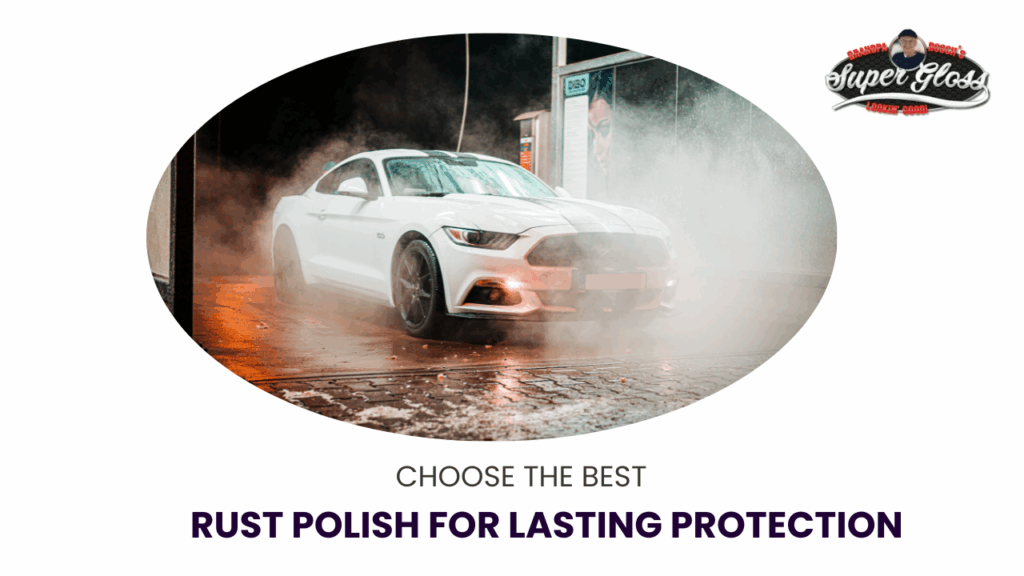Whether you’re restoring vintage metal furniture, maintaining tools, or preserving a car’s finish, rust is the enemy of durability and appearance. To combat corrosion effectively, you need the right rust polish, one that not only removes oxidation but also provides long-lasting protection against future damage.
In this guide, we’ll walk you through how to choose the best rust polish, what to look for in terms of ingredients and use cases, and how to apply it for optimal results.
Understanding Rust Polish: What Does It Do?
A rust polish is a cleaning and protective compound designed to:
- Remove surface rust and oxidation
- Restore shine to metal surfaces
- Create a protective barrier to prevent further rusting
It typically contains mild abrasives, rust converters, and protective oils or waxes to help preserve the metal’s integrity.
Types of Rust Polish and Their Applications
Not all rust polishes are created equal. Depending on your metal surface and end goal, you’ll want to choose the right formula.
A. Liquid Rust Polish
- Great for quick cleanups and light oxidation
- Easy to apply and buff out
- Best for tools, knives, and appliances
B. Paste Rust Polish
- Thicker consistency for heavy-duty rust removal
- Allows for controlled application
- Suitable for cars, bikes, and large equipment
C. Spray-On Rust Polish
- Convenient for hard-to-reach areas
- Often comes with rust-inhibiting agents
- Ideal for quick treatments or outdoor use
Key Features to Look For in a Rust Polish
To ensure lasting protection and ease of use, look for a rust polish that offers:
- Corrosion resistance: Prevents rust from forming again after treatment
- Non-abrasive formula: Especially important for chrome or delicate metal surfaces
- Ease of application: Look for products that don’t require special tools or excessive buffing
- Multi-surface compatibility: Works on stainless steel, chrome, aluminum, and iron
- Environmentally friendly ingredients: Biodegradable or low-VOC formulas are ideal for regular use
Application Tips for Long-Lasting Protection
Proper application is just as important as the product itself. Here’s how to get the most out of your rust polish:
- Clean the surface thoroughly to remove dirt, oils, and loose rust.
- Apply a small amount of polish using a soft cloth or applicator.
- Rub gently in circular motions, focusing on rust-affected areas.
- Buff the surface with a clean microfiber cloth until it shines.
- For added protection, seal the area with a rust inhibitor or metal wax.
Pro tip: Always test the product on a small, inconspicuous area first to ensure compatibility with the surface.
Best Use Cases for Rust Polish
Whether you’re dealing with light oxidation or heavy corrosion, there’s a rust remover for every scenario:
- Automotive Detailing: Restore chrome bumpers, wheels, and trim
- Tool Restoration: Extend the life of hammers, saws, and screwdrivers
- Outdoor Furniture: Protect metal tables and chairs from weathering
- Household Fixtures: Polish faucets, doorknobs, and stainless steel appliances
Using the right product helps keep these items looking new and functioning well.
Common Mistakes to Avoid
- Skipping surface prep: Applying polish to a dirty surface limits its effectiveness
- Using abrasive tools: Steel wool or harsh scrubbers can scratch polished metal
- Overapplying polish: Excess product can leave residue or attract dust
- Ignoring reapplication: Reapply every few months for maximum protection
Conclusion
Choosing the right rust polish is about more than aesthetics, it’s about preservation. By selecting a high-quality product that matches your specific needs and applying it properly, you’ll not only remove unsightly rust but also prevent it from coming back.
Whether you’re a DIY enthusiast, mechanic, or homeowner, investing in the right rust remove sealant ensures your metal surfaces stay clean, functional, and protected over time.


